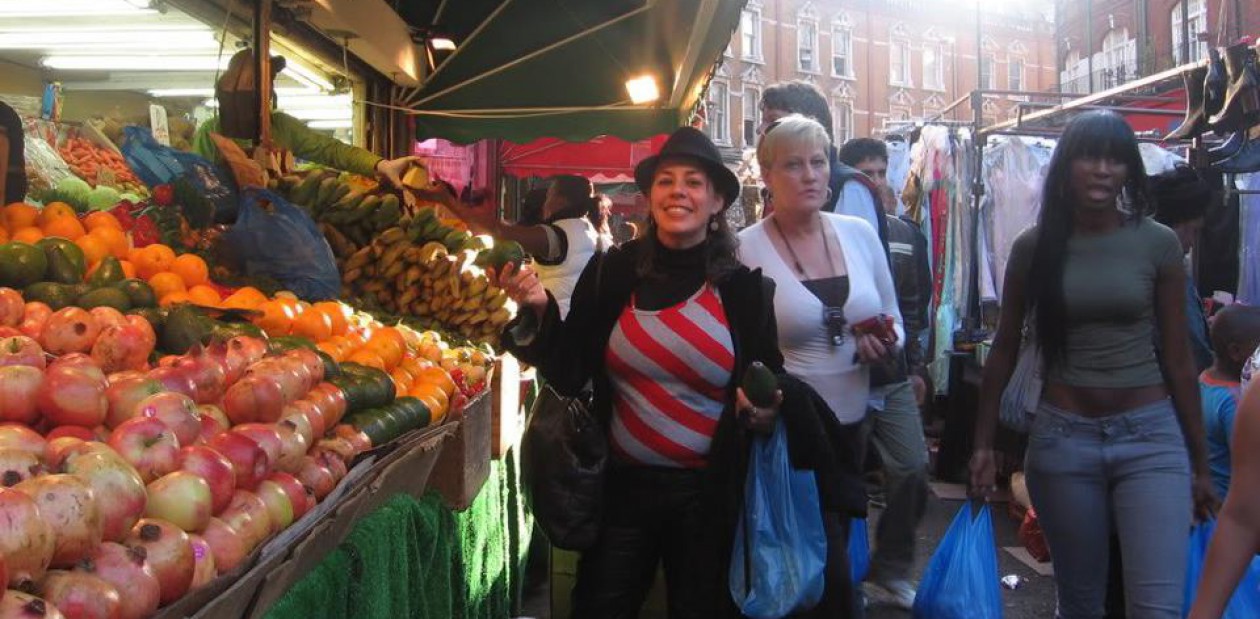Cuban Flan (Cuban style custard)
Cuban Flan
Flan de Queso (Cheese Flan):
1 can of sweetened condensed milk
1 can of evaporated milk
1 8z cream cheese
6 eggs
1 tsp Vanilla
¼ tsp salt
Caramel:
1 cup of sugar
1 tbsp water
(All directions follow at the end)
Flan de Coco (Coconut Flan):
(To make Coconut Flan: Use same above list of ingredients, except for the cream cheese. Instead, add about ½ (half of) 8oz can of shredded coconut- in heavy syrup- .Use a spoon to add the coconut into the mixture in order to avoid pouring too much of the liquid. Follow same cooking directions as follows below)
Flan de Caramelo (Caramel Flan):
(To make Caramel Flan: Use same above list of ingredients, except for the cream cheese, and add 7 eggs instead of 6. Follow same directions as follows below)
Flan de Guayaba y Queso (Guava Cheese Flan):
(To make Guava Cheese Flan: Use same above list of ingredients except for the following: Only ½ package of 4 oz cream cheese (softened), and add ½ cup guava paste (softened). Follow same directions as follows below)
Directions:
First, prepare the caramel: In a sauce pan, and over medium heat, add 1 cup of sugar and sprinkle with about 1 tbsp of water; mix well just to have the sugar lightly moistened. Melt the sugar in the pan, stirring to avoid lumps or burning. Once the sugar is completely dissolved (caramelized), and it has a golden brown color, immediately, pour caramel into a baking dish and tilt around to cover all sides and have the caramel spread evenly around the bottom and sides of the dish. Set aside.
Next, Preheat the oven at 350 degrees F. In a big bowl, and using a spatula, place the cream cheese (cream cheese can be placed in a microwave oven for a few seconds to soften) and mix with the eggs. Add the evaporated milk, condensed milk and mix. Add vanilla and salt and mix thoroughly using a whisk.
Mix the ingredients
Pour the flan mixture into the baking dish where you poured the caramel. Cover the dish tightly with aluminum foil. Place that baking dish into a roasting pan and fill roasting pan with boiling water to reach about ½ way the size of the baking dish. Then, place that roasting pan into the oven rag and this rag should be in the center of the oven. Bake at 350 degrees F. for about 1 hour.
After an hour, insert a toothpick into the middle of the flan to see if it comes out clean. Once the flan is done, let it cool at room temperature for about 15 to 20 minutes and turn upside down into a serving dish. Cover the serving dish with aluminum foil, and refrigerate for at least 2 hours before serving.
Variations when cooking: (For this variation, please, don’t leave it unattended). If you don’t have or don’t want to use an oven, you can use a pressure cooker to make the flan.
You will need the following utensils:
1 Flanera pan (size 1.5 Qt). You can buy a flanera at a Latin grocery store or online (it has a lid and 3 special closures to ensure the flanera pan closes well and tight and no liquid is spilled during pressure cooking).
1 Pressure Cooker (size: 4 to 6 Qt).
Flanera:
Make the caramel in the same flanera, where the flan is going to be cooked. Follow same directions for caramel as described above. Once the caramel is done, tilt around the sides of the pan or flanera to cover the bottom and all sides well, as on the picture below.
How to Make Caramel:
Add the flan mixture into the flanera and close it tightly.
Pouring the mixture
Place flanera inside the pressure cooker and fill the pressure cooker with tap running water to reach about ½ way of the size of the flanera pan. Close pressure cooker and, before placing it on the stove, make sure the stove is already heated on high.
Place the pressure cooker on the stove and when the top valve begins to rock, reduce heat to medium until the valve rocks at a steady, soft pace. If valves starts rocking too rapidly a few minutes later, reduce heat again, slowly, until it reaches a steady, soft pace. You might need to reduce heat a couple of times, so don’t leave the pressure cooker unattended. (If your pressure cooker doesn’t have a rocking valve, follow manufacturer’s instruction, reduce temperature to medium–low once you see the first vapors coming out, and set the timer the same as below).
From the moment in which the valve starts to rock, set timer for about 35-40 minutes, after which, you should remove pressure cooker from heat (If you notice that after 30 minutes, the valve stops rocking by itself, and no more vapor comes out, remove pressure cooker from heat. It means there’s no more liquid inside the cooker. Remove from heat immediately).
Wait until all vapor has come out of the cooker and all pressure is released. Open lid, wait a few minutes until it is cool enough to handle, and carefully remove the flanera. Let it cool at room temperature (about 10-15 minutes), and open up the flanera.
Flan still in the pan
Using a knife, carefully scrape around the edges to ensure the flan is well separated from the sides of the pan.
Scrape around the edges. Flip it over into a serving dish. Cover with aluminum foil and refrigerate for about 2+ hours before serving.
This article was written by Sabrina Rongstad-Bravo
 Bookmark this on Delicious
Bookmark this on Delicious















